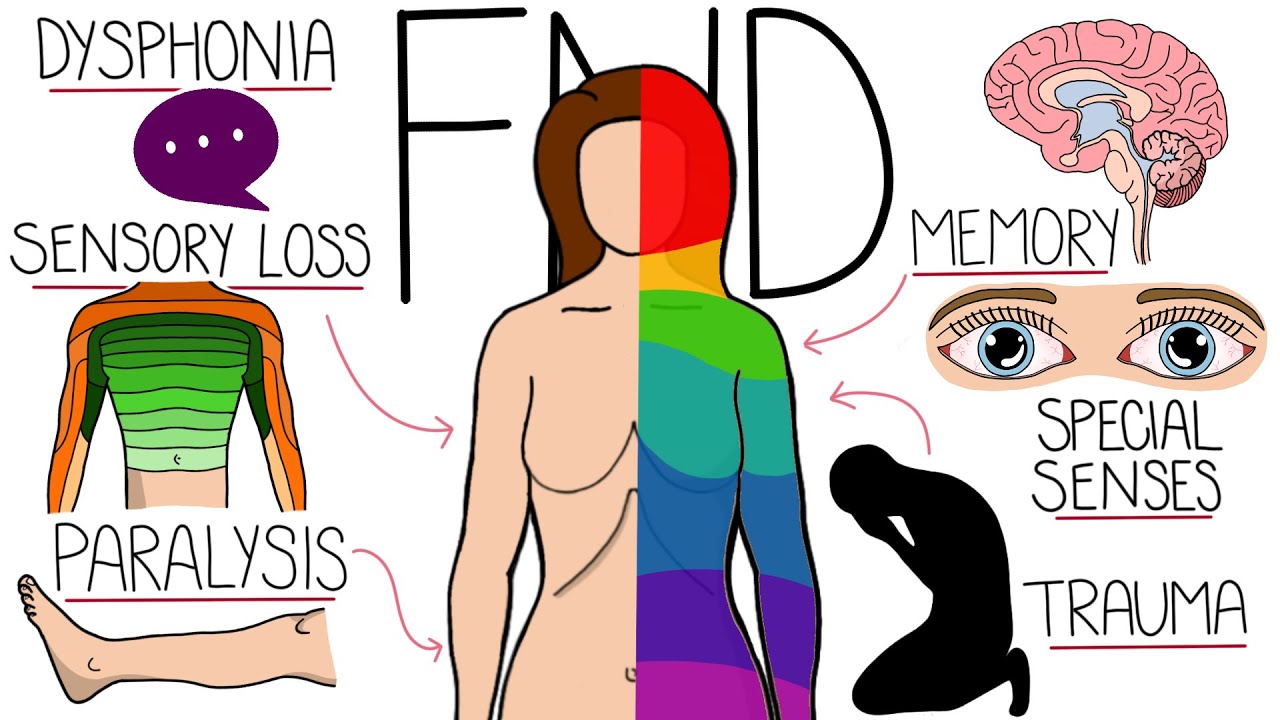Consensus finds deep brain stimulation valuable for many Parkinson’s patients
Reuters Health • The Doctor's Channel Daily Newscast
The authors note that more than 70,000 patients have undergone deep brain stimulation (DBS) surgery since 2002, but several aspects of the procedure remain controversial. To address these issues, Dr. Jeff M. Bronstein, with the University of California, Los Angeles (UCLA) School of Medicine and colleagues convened a meeting of 52 leading experts to produce a consensus view.
“The discussions were open and very candid,” Dr. Bronstein told Reuters Health in an email. “What made this meeting unique was that it comprised an extraordinary group of neurologists, neurosurgeons, psychologists, speech and gait experts and others from all over the world. Opinions were based on solid evidence from the literature but also from experiences from many centers all over the world. The meeting was completely funded by non-profits (primarily the Parkinson Alliance) and no one was paid to attend.”
“Specifically,” he continued, “we addressed who are the best candidates for surgery, realistic benefits and downsides of DBS, what to look for in a surgical team, types of surgery (e.g., location of the electrodes and ablated therapy), safety issues regarding the surgery and MRIs, and what we still need in the way of research.”
The first point the panel agreed on was that proper patient selection was the most important factor in successful outcomes of DBS. Up to 30% of failures can be attributed to inappropriate selection.
Good candidates are younger patients with advanced PD who responded well to levodopa but have medically intractable motor fluctuations, tremor, or are intolerant of medication side effects. They should also be “without significant active cognitive or psychiatric problems,” Dr. Bronstein advised.
However, those criteria potentially exclude many patients, and there was no consensus on specific measures of disease severity, cognitive impairment or psychiatric symptoms that would provide cutoffs for withholding or providing DBS.
While surgical techniques for implanting DBS devices are evolving, the panel noted the procedure is best performed by a neurosurgeon experienced in stereotactic and functional neurosurgery. “Hardware infection is the most common reported serious surgical complication, although there was no general consensus on methods to reduce the risk despite agreement on the necessity for the use of perioperative antibiotics,” the authors point out.
They concurred that a highly trained technician is the best choice for fine-tuning DBS programming in order to improve rigidity, tremor, motor speed and gait. Optimal programming can often take months of adjustment. Altering stimulation parameters can also often help mitigate stimulation-induced behavioral problems such as impulsivity, the panel notes, but depression, apathy and worsening verbal fluency can all be complications OF subthalamic nuclei DBS in a subset of patients.
Nonetheless, “DBS improves levodopa-responsive symptoms, dyskinesia, and tremor; benefits seem to be long-lasting in many motor domains. Symptoms that do not respond to levodopa generally do not respond to DBS,” Dr. Bronstein pointed out.
The experts conclude with a section on ablative procedures, which have been mostly abandoned since the introduction of DBS. They say lesion ablation still has a place for certain PD patients, such as those with increased risk of infection, or those wishing to avoid implanted hardware, or who are unwilling to undergo prolonged programming.
“The bottom line is that DBS can help many aspects of PD, but not all, in some patients, but they need to be properly selected and counseled beforehand,” Dr. Bronstein concluded. “DBS is not a cure.”
Arch Neurol 2010.







